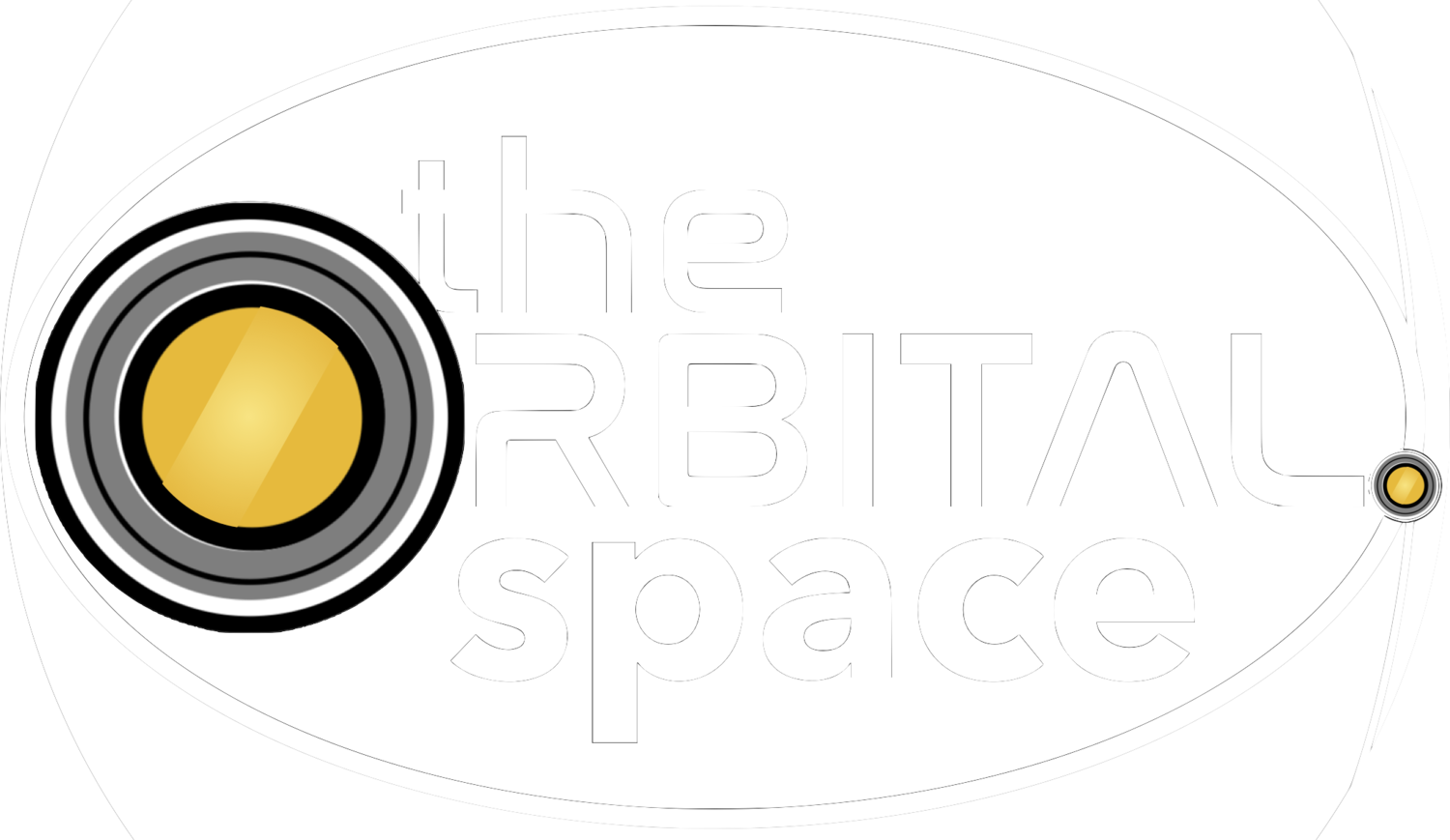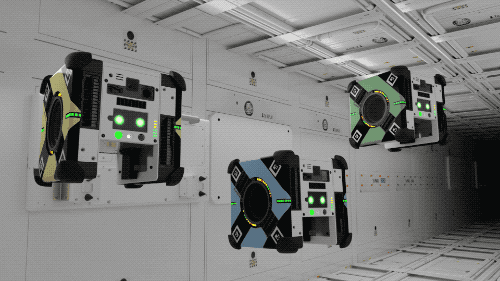Serving as Apollo's proving ground, the Gemini program was behind schedule.
Young (L), Collins (R)
Before going to the moon, NASA had to establish countless mission standards and protocols in order to learn how to do it right. And the combined failures to maintain stable docking with the Agena probes during Gemini VIII and IX-A put added pressure on Gemini X.
With the combined objectives of Gemini VIII and IX-A on their shoulders, Command Pilot John Young and Michael Collins launched less than an hour and a half hours after their Agena target probe.
A few hours after liftoff, they successfully docked with Agena.
However, a slight navigational error meant two additional engine burns in order to reach Agena; depleting 60% of their total fuel. This extended the initial time Gemini and Agena were to be docked, and allowed Young and Collins to use the Agena as an additional fuel source.
Burning an Agena probe's engines for the first time, Gemini X rocketed toward its second goal:
rendezvous with the derelict agena-8 probe
Breaking the altitude record for human spaceflight (to be quickly beaten by Gemini XI), Young and Collins careened to 763 km above the Earth's surface. Beyond the protection of the planet's magnetic field, Gemini X was slated to perform several radiation experiments. Understanding the degree of exposure astronauts would be subjected to during longer missions to the moon was an integral component in the design of the Apollo mission spacecrafts, as well as all other manned spaceflight that would follow.
“By using prototype dosimeters developed for the Apollo Spacecraft Program, a hybrid package…incorporated ionization chambers to read radiation-dose rate and integrated radiation dose.”
Following two more engine burns, Young and Collins circularized their orbit; putting them on course for their second rendezvous.
Photograph of MSC-8 color patch outside spacecraft during docking
During the time it took them to reach their second target, Collins completed his first of two EVAs. From his open hatch he took a series of color and ultraviolet photographs of the Milky Way and the Gemini Spacecraft. A color pallet was placed on the side of the capsule to test if film reproduced colors accurately in space. Following his 49 minute EVA, Collins and Young began their second sleep cycle.
They began their next morning by undocking from their own Agena probe in preparation for their approach of Agena-8. Settling into station-keeping 3m away, Agena-8 was found in good condition, albeit lacking power.
Package of test panels from Agena-8 retrieved by Gemini X
Collins' second EVA tasked him with the retrieval of two Micrometeorite Collectors; one attached to the Gemini craft, the other launched four months prior on Agena-8. Unfortunately, neither experiment yielded any results. The Micrometeorite Collector from Gemini floated away while Collins reentered the craft, and Agena-8's was never activated due to the early termination of Gemini VIII.
Those setbacks aside however, with the completion of twelve other experiments, and the first mission to accomplish a double rendezvous, Gemini X provided the proof-of-concept the program’s antecedent flights were unable to achieve. Young and Collins splashed down to end their relatively quick but busy three-day mission just short of 6 km from their landing site.
Astronaut Young draws diagram of tethered extravehicular activity accomplished during Gemini X flight













